5
Hike
16.4 km
Living in freedom is a tremendous blessing. This feeling is evoked during the 17-kilometre ‘Oude Diep’ walking route from Hoogeveen. The route leads you past Second World War monuments.
The natural landscape to the north of Hoogeveen is varied and unique. The route guides you through the Spaarbankbos and the natural landscape of the Boerenveensche Plassen. You cross the Oude Diep brook near the smallest house in Drenthe. This smallest house was originally a turf hut but has undergone extensive renovation to become a holiday cottage.
The route passes the hamlets of Zwartschaap and Stadterij and the village of Stuifzand and runs right past Siberië. Woods, fields and meadows all vie for your attention before making your way to Hoogeveen once more.
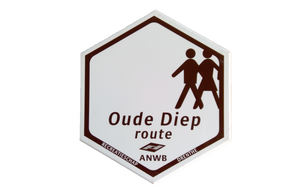

Stationsplein 1
7901 AA Hoogeveen
Navigate to starting point

Van Gogh’s lodgings. When he arrived at his lodgings, Vincent wrote a letter to his brother.
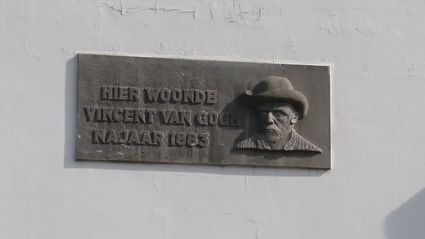

Logeeradres Van Gogh | Hoogeveen | Drenthe
Pesserstraat 24
7901 LC Hoogeveen
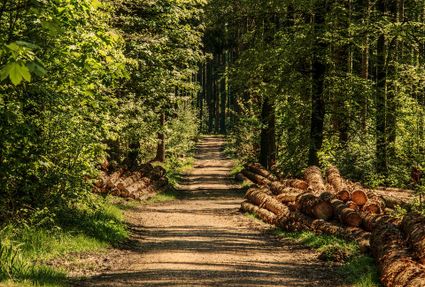
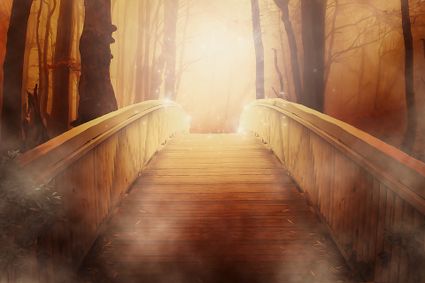


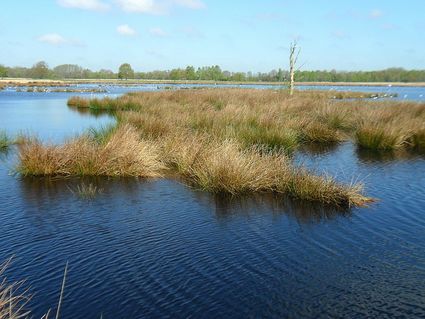
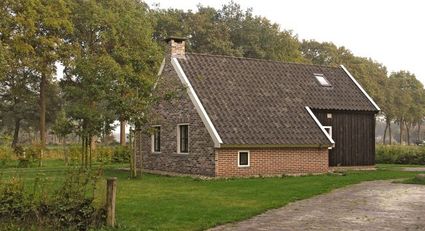
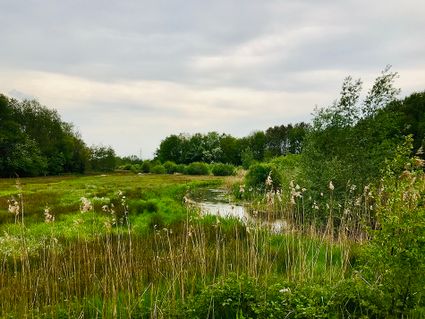
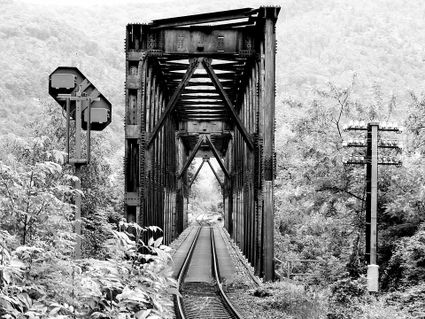
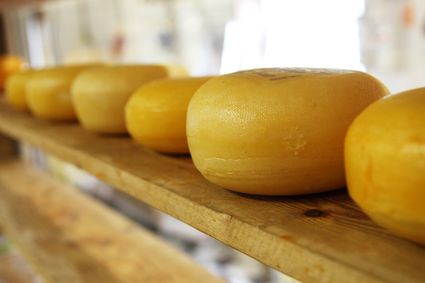
The route continues from the hamlet of Stuifzand back to Hoogeveen. The name Stadterij is derived from the Stadt family who once lived here. The ‘Oude Diep’ walking route finishes here. Recharge your batteries in a local cafe or restaurant to reflect on this amazing walk.